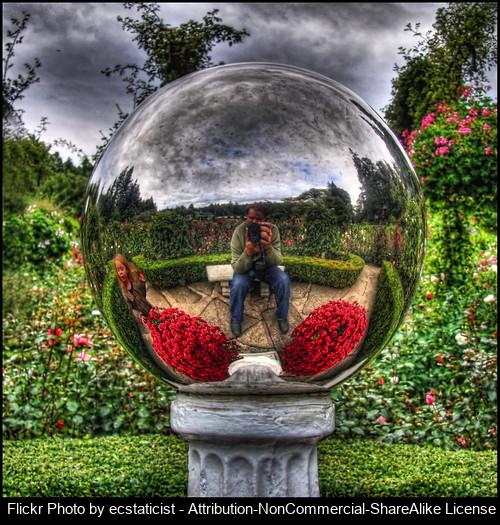Hattwig, D., Burgess, J., Medaille, A. ACRL Visual Literacy Competency Standards for Higher Education. Association of College and Research Libraries. 2011
Which essential skills represent your
strengths in order to engage capably in a visually oriented society?
I often work with keynote presentation for
my science lessons. That’s when I teach my students to use images in an
appropriate way, related to the topic. I make emphasis in the amount of text to
be balanced with one image in every single slide. My fifth grade students
google images to find the appropriate visuals for their presentation. As a
mentor, I have to be monitoring them to make sure they are using those visuals
in an ethical and cultural way.
When my students make keynote
presentations, I have the feeling that I’m pushing them to be exposed to
digital media use and visual literacy. I need to take into account that
students have different learning styles. Therefore, when the students are
learning with the help of text and images they have better chances
to learn deeply. By now, I think that my
students can define the purpose of an image within a specific project after
their second or third keynote presentation.
Which skills do you need to build on in
order to facilitate the development of your students’ skills and competencies
to engage with images, and to critically use and create visual media to enhance
their learning in your classes?
After reading this article, I’m deeply
aware that there are more skills to learn in this globalized world. I must have
a clear idea to teach my students to select the most appropriate sources and
retrieval systems for finding and accessing needed images and visual media for
school projects.
One of my weak skills could be
visual literacy assessment, to evaluate images and their sources in means of
copyright. In this course of “Authoring for Educators”, I understand that in order
for my students to effectively find, interpret, evaluate, use, and create
images and visual media, I have to be a model for them. That means that if I
use images for my lessons, It has to be as a visually literate teacher.
Integrating visual literacy into your
curriculum may require partnerships and shared implementation strategies across
departments and/or units. Whom might you be partnering with and why?
Honestly, I feel alone in this matter.
Nevertheless, I have tried working along with computer teachers. They do not
seem very interested in becoming critical consumers of visual media. Only the
librarian assumes the role of contributor to use and share images in an
academic environment.
I believe the right person to talk to is
David Berriolope, Director of Innovation Technology. He has the power to
engage, first, computer teachers by supporting efforts to develop measurable
improvements in students’ visual literacy. Then with a teacher training on information literacy, we can start working with media literacy. Once David is involved in this topic,
we can all have the sufficient tools to incorporate visual literacy into our curriculum.



To me, it was very refreshing to read your blog. You seem to be using all kinds of digital tools in order to teach your students to use and understand many of the skills needed to become visual literate. I appreciate your honesty about feeling alone in this matter but if you keep looking, you'll be amazed of how many wonderful, open-minded and technological teachers and professionals there are in our school! There are four divisions, yes, but it is only one school!
ReplyDeletePedro, I too find that assessing visual literacy is a challenge. It is true that in order to teach we must model these skill ourselves, and I don't find myself at that point yet. Things are rapidly changing with the use of different tools we must keep up and be prepared to meet our students' needs. It is also true that we must work together as a school in order to achieve this. Hopefully soon, more teachers and staff will come onboard to this ever-evolving education ride.
ReplyDeleteCharmaine Weatherbee